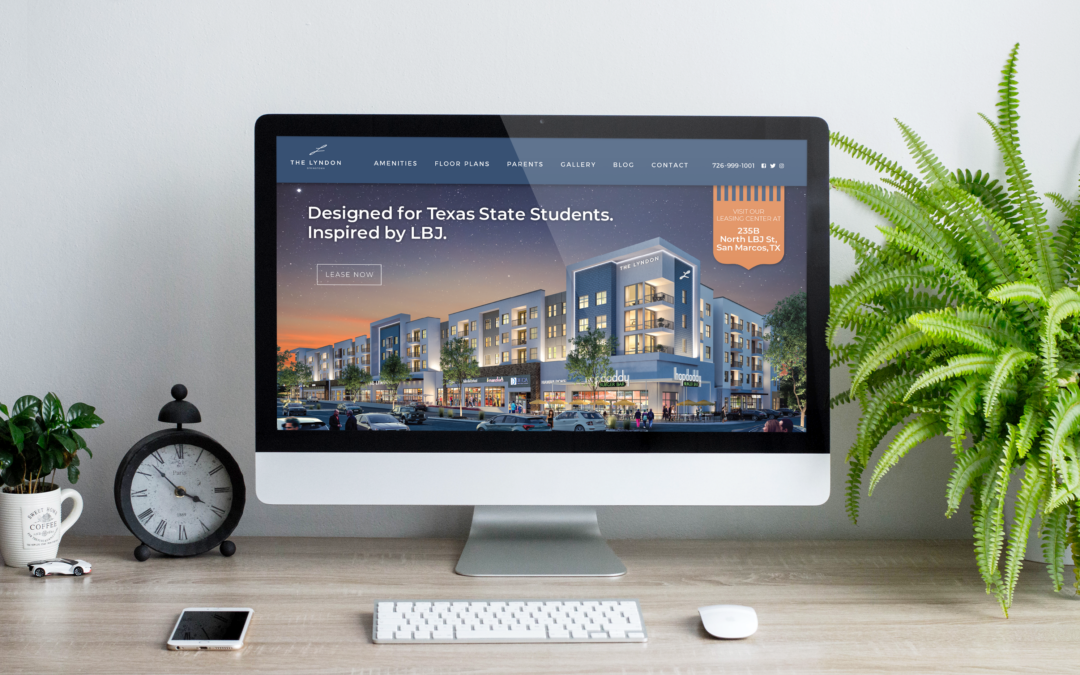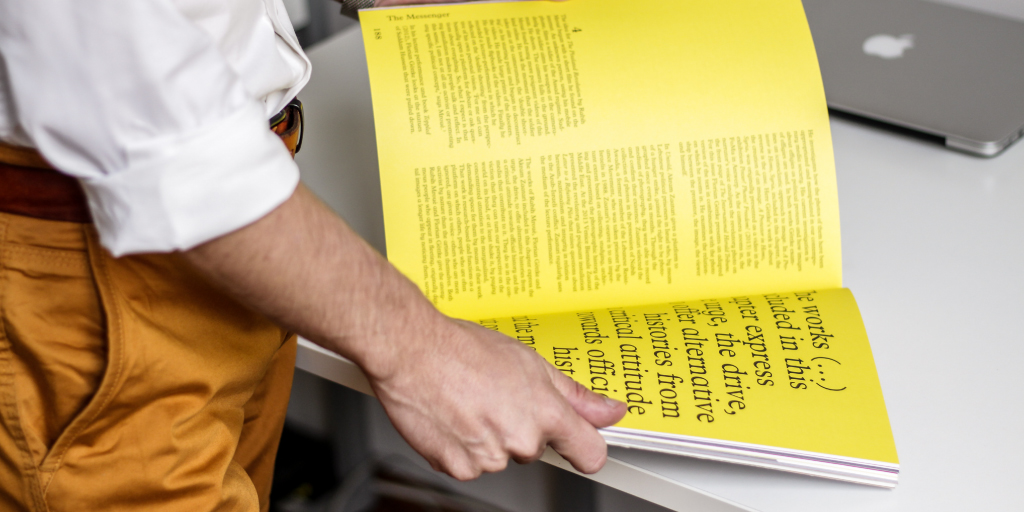
How To Build A Landing Page That Turns Clicks Into Conversions
Imagine you’re searching for an apartment. You’re served an ad with stunning imagery, a compelling headline, and a button inviting you to “Find Your Floor Plan.” With your interest piqued, you click on the ad, only to arrive at a webpage that baffles you. As you wait for it to load, you find messaging not about floor plans but about an amenity you don’t care about. A quick scroll doesn’t help, revealing only more slowly loading images and blocks of irrelevant text. You close the page, frustrated, and return to what you were doing.
As real estate marketers, we rejoice when an ad, email, or social post has a high click-through-rate. It indicates that we’re persuading our audience to take the next step on their buyer journey. But click-throughs are only half the challenge. It’s just as important that the web page a user lands on leaves a good impression and inspires further action. It’s surprisingly easy to build a landing page that utterly fails at this job.
So how do you build a good landing page? That is to say, what’s the recipe for a landing page that actually turns clicks into conversions? How do you provide an excellent user experience that inspires further action and results in more signed leases?
These seven tips are essential to building conversion-optimized landing pages that get the results you need.
Know The Goal
First thing’s first: what is your landing page actually supposed to do? Yes, you want it to drive conversions and contribute to increased lease rates, but what role does this landing page play in that larger goal? Be as specific as possible—your landing page can’t do everything, and it’s not meant to. The more focused a landing page is, the more likely it is to drive the conversions you’re seeking.
So, do you want to capture email addresses? Get people to schedule tours? Drive applications for specific floor plans? Whatever your goal, it should be focused and action-oriented. Not only does that translate to meaningful impact on your bottom line, but users appreciate knowing right away how they’re meant to interact with a page.
Use Consistent Messaging & Design
When you click on a button that says “Find Your Floor Plan,” you expect to be taken to a page that features floor plans. When you click on an ad that promises “Downtown Lofts With Active Living Amenities” you probably expect to find information about amenities. When a user is inspired to click, it’s because they want what they think you’re promising—and nothing is more disappointing than a promise that goes unfulfilled.
Think about where visitors to your landing page will be arriving from and what that source promises to them. Whether it’s an email, a PPC ad, or a social media post, its messaging should be consistent with what users find on your landing page and vice versa. It’s also a good idea to keep visual design consistent to provide additional cues to users that they’re getting content consistent with what they expected.
Provide Relevant Info Above The Fold
The average visitor to your landing page wants to get information without wasting any time—therefore, they may arrive with considerable skepticism that your site must overcome quickly. Users are used to having a wealth of information at their fingertips and can afford to bail on sites that don’t give them what they need immediately.
That’s why you need to provide the most relevant info for your users “above the fold”—that is, in the portion of your webpage they’ll see without having to scroll. This confirms that your page is worth their time and keeps a user around for long enough to take a conversion action.
What counts as “relevant information” depends on how you directed your user to this page, but it probably includes a prominent Call to Action (CTA) and might also include high-quality photographs, floor plan info, or amenities highlights.
Highlight the Value Proposition
Since your visitors are unlikely to stick around for long without a compelling reason, it’s your job to make these reasons obvious. In addition to providing relevant info above the fold, use header copy and CTA buttons to feature the key benefits of your property prominently. These strategies not only make your site easy for users to scan through and quickly find what they’re looking for, but also signals to Google that this is important information on your site, allowing your website to rank higher for related searches. In other words, it’s good UX and good SEO.
Minimize Loading Time
Nothing makes a user bounce faster than a page that just won’t load. High-quality images and video can make for engaging web pages that keep users exploring, but be thoughtful of file sizes and loading times. Compressing files typically results in loss of quality, but there may be a sweet spot that decreases loading time while still offering reasonably high quality. Alternatively, it may be worth reducing the number of elements loading on the page overall. An experienced web developer should be able to make more concrete recommendations based on your goals and needs.
Provide Clear Calls To Action
The whole point of a landing page should be to drive a specific conversion action. It should be clear to users what that action is and how to do it. The most common method is through a CTA button placed above the fold (and possibly duplicated further down the page), but header copy may also be effective.
Whether the desired action is calling the office, scheduling a tour, or starting an application, invite users to take this action through convenient links and clear copy; never assume they’ll do what you want without being asked.
Incorporate A Form
Forms are an excellent way to motivate users to provide information you can leverage further down the road. That’s true only because they offer something valuable in exchange for that information, whether it’s convenience, information, a special rate, or something else.
A form might, for example, provide a streamlined method for users to schedule a tour. Alternatively, it might extend a special offer in exchange for a user’s email address. Or it could offer a way to download your digital brochure, then ask nicely for their contact info so a staff member can be available to answer any questions not covered in the brochure. Whatever your form does, ensure it doesn’t take too long to fill out or ask too much of your user. Otherwise it’s not likely to drive conversions.
Get Expert Assistance
This little self-plug is just a bonus tip, but one we (obviously) highly recommend. A conversion-optimized landing page is a balancing act—it requires weighing high-quality visuals against load times and information-rich copy against easy scannability. While these tips can help you build a better landing page yourself, nothing beats having a real estate marketing expert on your team to help guide the way and execute with confidence. If you’re interested in expert assistance, reach out to a Threshold team member today.




